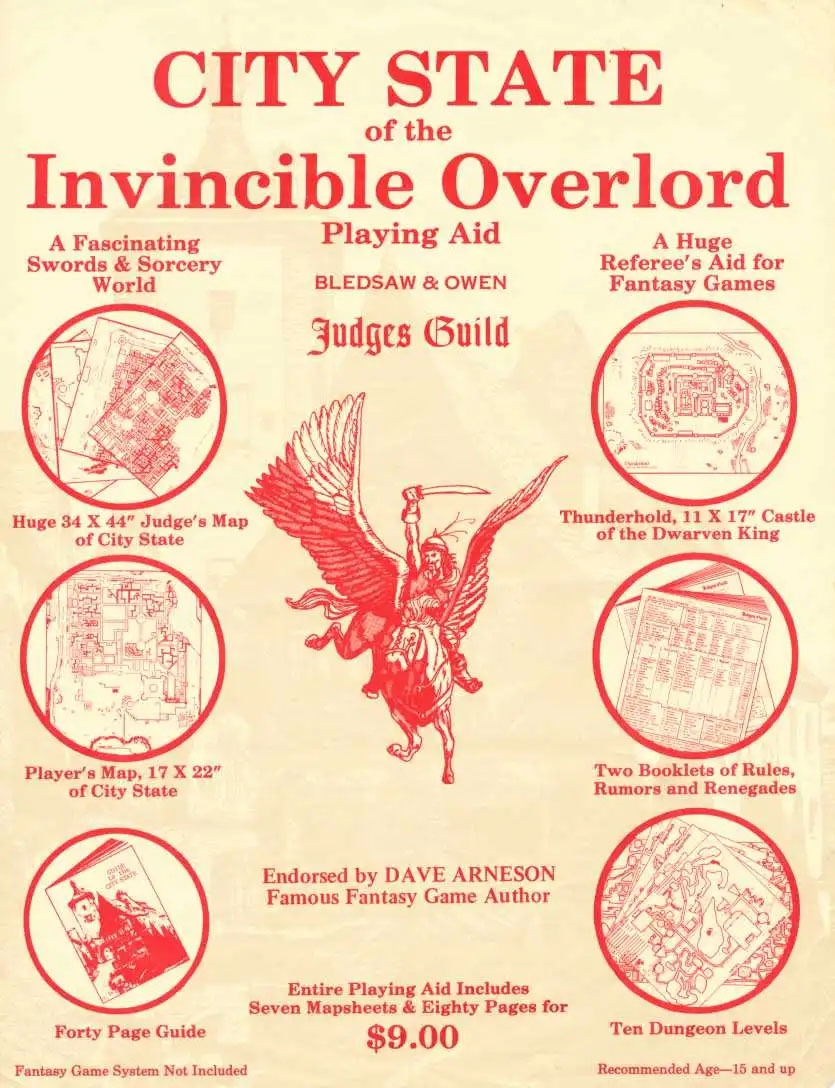I've seen rules like that, that go beyond regular "cost of living" in two RPGs: Conan d20 and Warhammer 4e.
In Conan, I believe the rule is that unless you are specifically putting money away toward saving for a particular thing, each time unit (I don't remember if it's week or month) spent in town costs half your money. You ride into town with a thousand silver, and a week later you've been partying like there's no tomorrow and have spent 500 on beverages, companionship, and entertainment. The week after that, you're being a bit more modest and spending 250 sp. After yet another week you're starting to feel the pinch and is down to 125 silver, and maybe it's time to start looking for the next job.
In Warhammer, you're assumed to have an actual job, and this job is connected to a particular social status. In between adventures, you basically lose all your money unless you use downtime time to sock it away in a bank or hide it somewhere or something similar (and if you want to get it back, you need to use a second downtime action to do that). Instead you roll at the start of each adventure for a relevant skill to see how well business has been going and get an appropriate amount of money depending on the roll and your social status.


